The practice of using an air fryer has revolutionized home cooking, offering a healthier alternative to traditional deep-frying methods. As modern kitchens embrace this innovative cooking technology, understanding its nuanced benefits and potential risks becomes crucial for health-conscious home cooks.
Understanding Air Fryer Technology and Its Health Implications
Air fryers represent a significant breakthrough in culinary technology, providing a method of cooking that reduces oil consumption while maintaining the crispy texture food lovers desire. The fundamental principle involves circulating hot air around food, creating a cooking environment that mimics deep-frying without excessive oil.
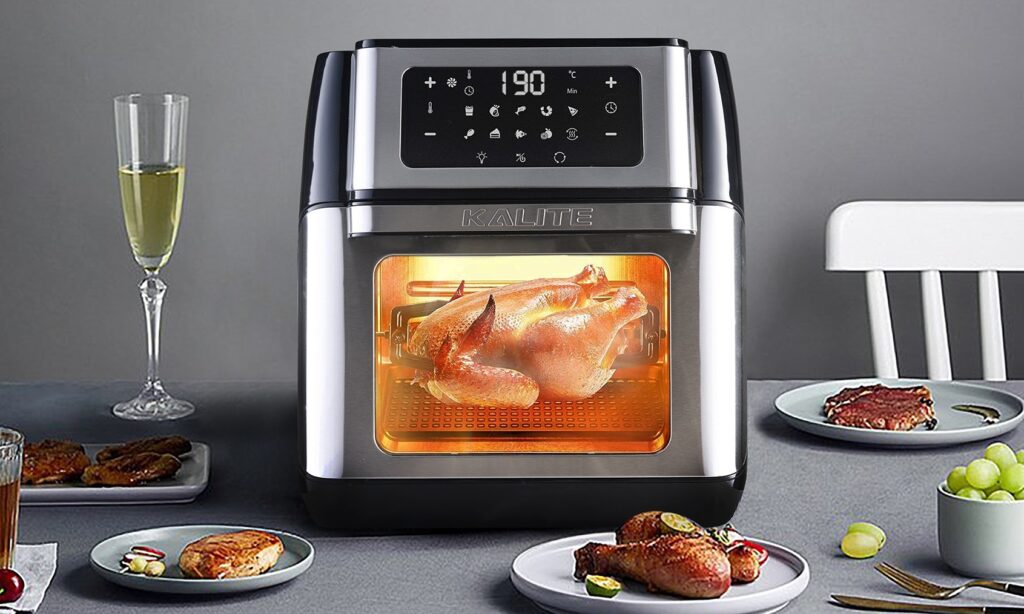
The Science Behind Air FryingModern cooking techniques have long sought ways to reduce fat intake while preserving flavor and texture. Air fryers emerged as a innovative solution, utilizing rapid air circulation technology to cook food evenly and create a crispy exterior. The mechanism relies on heating air to temperatures between 150-170 degrees Celsius, generating a convection effect that cooks food thoroughly.
Scientific research suggests that air frying can significantly reduce acrylamide formation, a potentially carcinogenic compound typically produced during high-temperature cooking. By controlling temperature and cooking time, home cooks can minimize health risks associated with traditional frying methods.
Nutritional Considerations of Air Frying
Nutritionists have extensively studied air frying’s impact on food quality and health. Compared to traditional deep-frying, air frying demonstrates remarkable potential for reducing overall caloric intake and preserving nutritional value. The cooking method requires minimal oil, often less than a teaspoon, which dramatically cuts down fat content.
Interestingly, air frying maintains most foods’ essential nutrients while creating a delightful crispy texture. Proteins, vitamins, and minerals remain largely intact during the cooking process, offering a nutritionally superior alternative to conventional frying techniques.
Safety Protocols and Best Practices
Ensuring safe air fryer usage requires meticulous attention to detail. Experts recommend thorough cleaning after each use to prevent bacterial contamination and potential cross-contamination between different food items. Regular maintenance of the appliance is crucial for both performance and health safety.
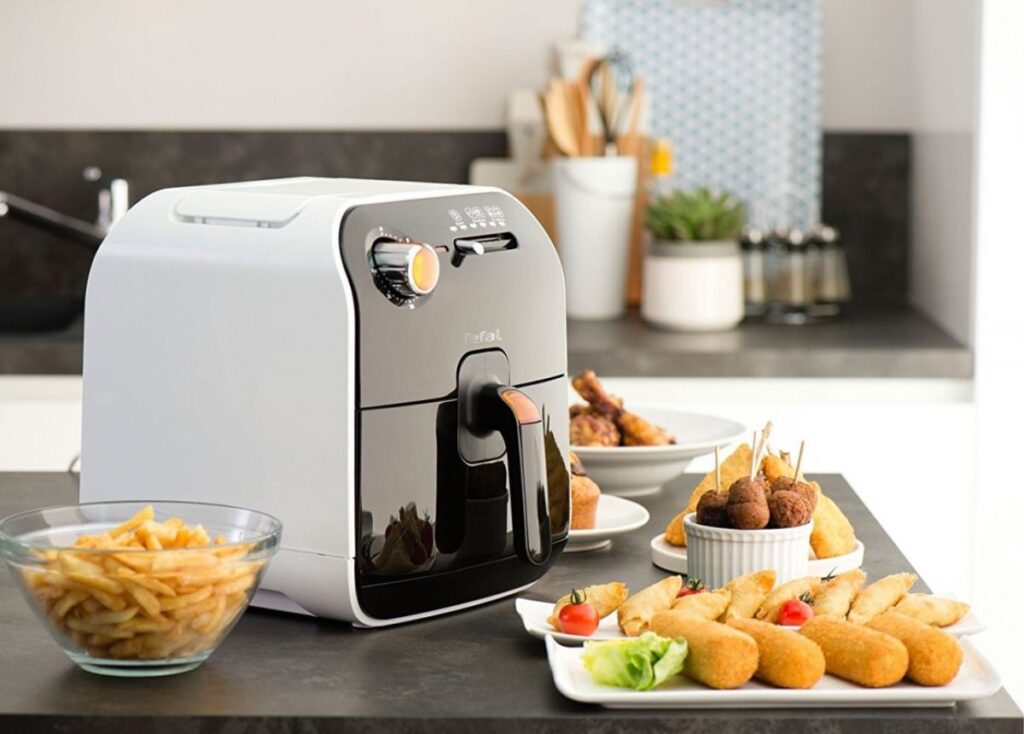
Practical Techniques for Optimal Air Fryer Cooking
The art of air frying extends beyond simply pushing a button. Mastering this cooking technique involves understanding temperature control, food preparation, and equipment management.
Air fryers represent more than just a kitchen gadget; they’re a gateway to healthier cooking methods that don’t compromise on taste or texture. By understanding the nuanced techniques involved, home cooks can transform their culinary experiences.
Selecting Appropriate Foods for Air Frying
Not all foods are created equal when it comes to air frying. Certain ingredients respond better to this cooking method, producing superior results in terms of texture and flavor. Proteins like chicken, fish, and lean meats often yield excellent outcomes, while vegetables can be transformed into crispy, nutritious side dishes.
Root vegetables such as potatoes, sweet potatoes, and carrots are particularly well-suited for air frying. Their natural starch content allows for exceptional crispiness without excessive oil. Carefully selecting ingredients and understanding their molecular composition ensures optimal cooking results.
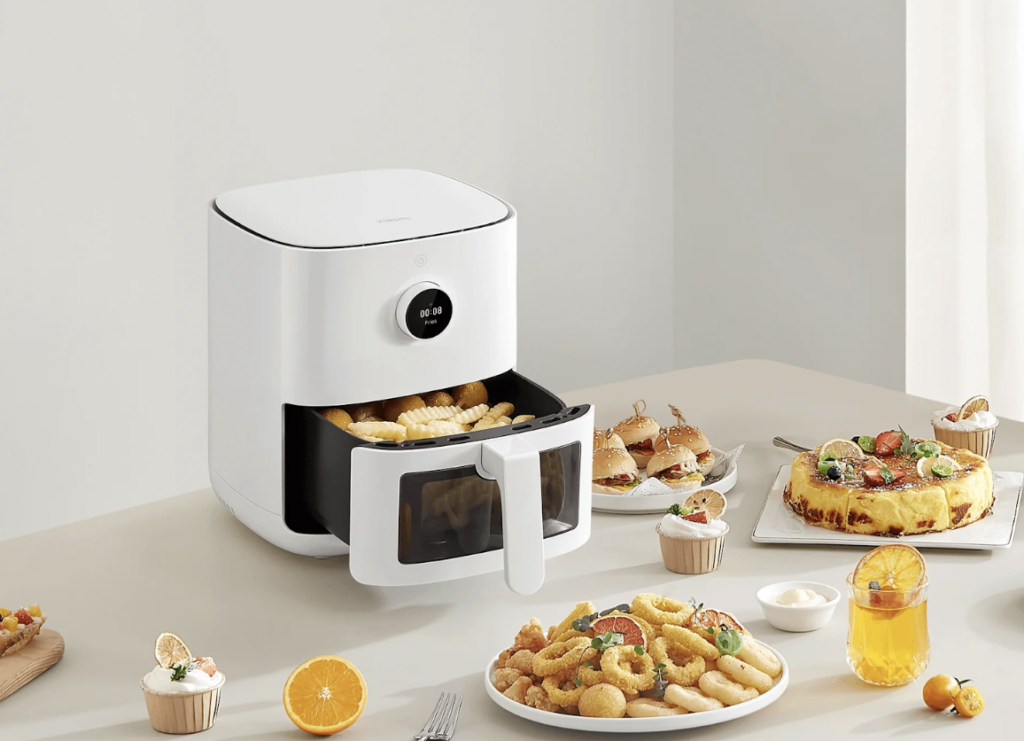
Temperature and Time Management
Precise temperature control distinguishes exceptional air frying from mediocre results. Most recipes recommend temperatures between 150-170 degrees Celsius, a range that ensures thorough cooking without compromising food integrity. Cooking duration varies depending on ingredients, requiring careful monitoring and occasional food rotation.
Experienced cooks recommend checking food midway through the cooking process, gently shaking or turning items to ensure even heat distribution. This technique prevents uneven cooking and promotes a uniformly crisp exterior.
Maintenance and Long-Term Care
Proper air fryer maintenance extends beyond simple cleaning. Regular inspection of heating elements, careful storage, and understanding manufacturer guidelines contribute to the appliance’s longevity and performance.
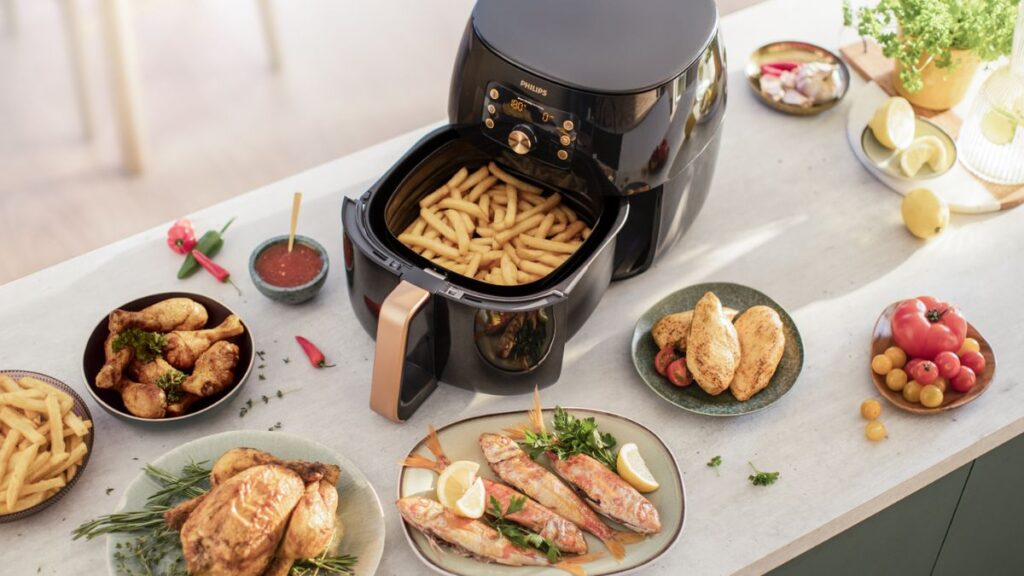
Advanced Cooking Strategies and Innovations
Culinary innovation continues to transform air frying techniques, with home cooks and professional chefs alike exploring new possibilities. Experimental approaches involve combining traditional cooking methods with air frying technologies.
Exploring Diverse Cooking Techniques
Contemporary cooking strategies leverage air fryers’ versatility, moving beyond traditional frying concepts. Techniques like marinating, seasoning, and strategic ingredient layering can dramatically enhance cooking outcomes.
Technological Advancements in Air Frying
Emerging air fryer models incorporate smart technologies, including precise temperature controls, programmable settings, and connectivity features. These innovations promise more consistent cooking experiences and expanded culinary possibilities.
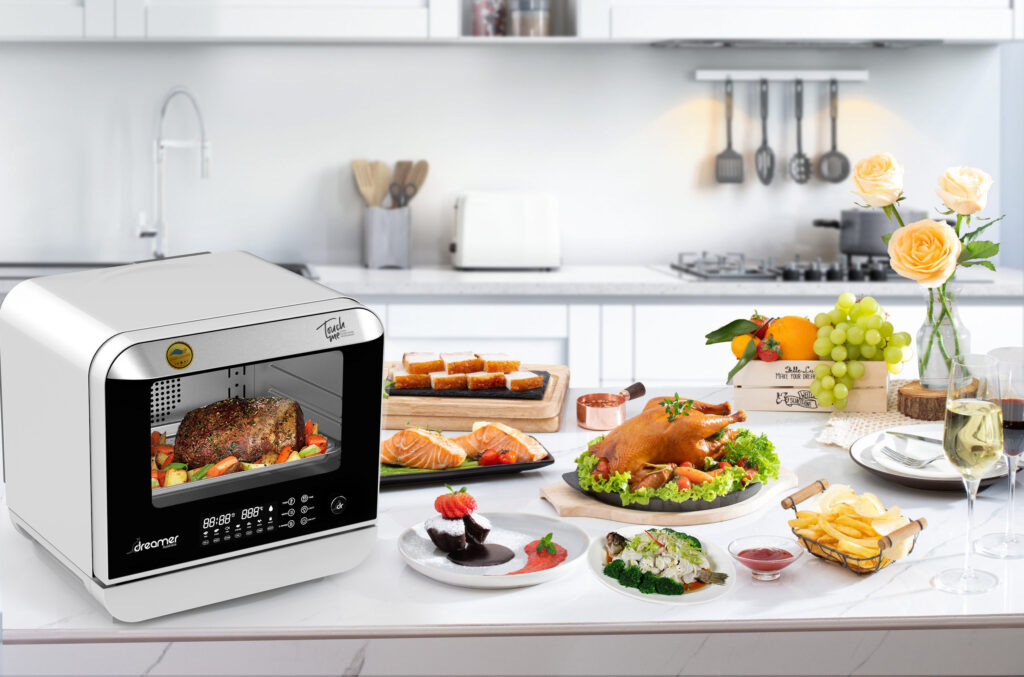
Global Culinary Perspectives
International cuisines have begun integrating air frying techniques, demonstrating the method’s adaptability across diverse cooking traditions. From Asian stir-fry inspirations to European roasting techniques, air frying bridges cultural cooking approaches.
Potential Health Considerations and Precautions
While air frying offers numerous benefits, understanding potential limitations remains essential. Responsible usage involves balanced approach and informed decision-making.
Mitigating Potential Risks
Careful temperature management and ingredient selection help mitigate potential health risks. Avoiding excessive browning and monitoring cooking times can significantly reduce acrylamide formation.
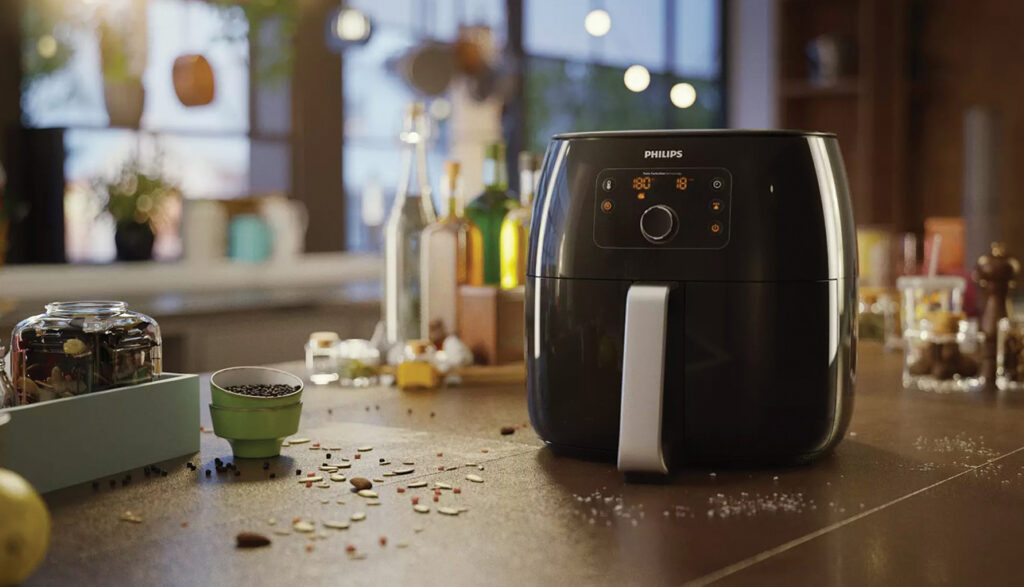
Nutritional Balance and Moderation
Air frying should complement, not replace, a balanced diet. Incorporating diverse cooking methods ensures comprehensive nutritional intake and culinary variety.
Conclusion Navigating the Future of Healthy Cooking
Air fryers represent more than a passing culinary trend; they symbolize a broader shift towards health-conscious, innovative cooking techniques. By understanding their potential, limitations, and best practices, home cooks can transform their relationship with food preparation.
Embracing air frying requires continuous learning, experimentation, and a commitment to nutritional wellness. As technology advances and culinary knowledge expands, these remarkable devices will undoubtedly play an increasingly significant role in modern kitchens.
